[The content of this article has been produced by our advertising partner.]
On December 8th, the annual Shenzhen Global Investment Promotion Conference was held at the Shenzhen World Exhibition and Convention Center. Over 380 projects involving investments exceeding one trillion yuan were signed at the conference.
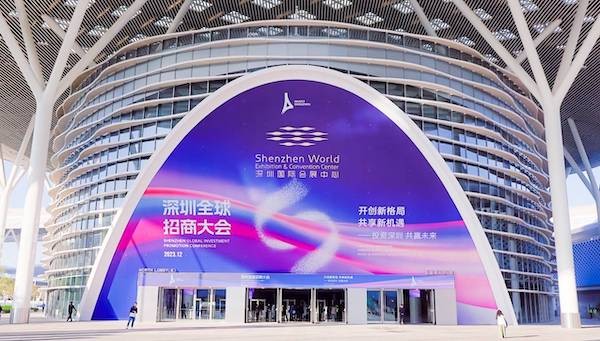
At the press conference of the 2023 Shenzhen Global Investment Promotion Conference, Zhang Feimeng, Director of the Commerce Bureau of Shenzhen Municipality, revealed a set of data showing that developed economies have increased their investment in Shenzhen this year. From January to October, investments from Canada, the United States, Singapore, and Switzerland in Shenzhen grew rapidly, with growth rates of 655%, 272%, 148%, and 77%, respectively.
In recent years, foreign-funded enterprises have continuously strengthened their efforts to establish R&D centers in Shenzhen. The city has now gathered 15 top foreign-funded scientific research and technical service enterprises, including Intel, Qualcomm, Apple, ARM and others.
Data shows that from January to October this year, Shenzhen established 6,469 new foreign-funded enterprises, a 69% increase year-on-year. The momentum of foreign capital entering Shenzhen not only remains strong, but the structure of capital attraction is also continuously optimized. The actual use of foreign capital in manufacturing amounted to 17 billion yuan, a 186% increase year-on-year, with the high-tech industry growing by 16%.
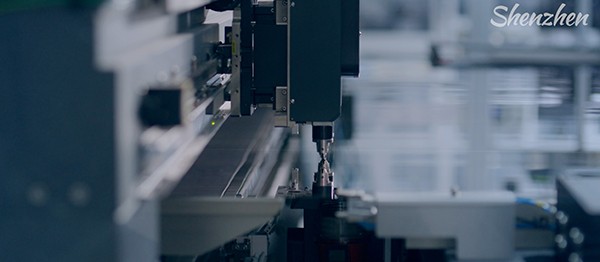
Cao Zhongxiong, Director of the Department of Digital Strategy and Economics at the China Development Institute, said that amid various geopolitical challenges such as “decoupling”, “breaking chains” and “de-risking”, Shenzhen has rolled with the punches and become a popular investment destination for foreign capital from countries like Canada, the United States, Singapore, and Switzerland. It shows that the Chinese market still has a strong attraction for global capital, and also indicates a shift in foreign investment towards R&D and manufacturing with a preference for tech cities.
Cao Zhongxiong pointed out that developed countries, such as Europe and America, are increasing investment subsidies in their domestic advanced manufacturing and new energy industries, while developing countries like India and Vietnam become more attractive to foreign capital. It’s fair to say that it has been more difficult to attract global investment for Chinese cities like Shenzhen.
Cao stated that Shenzhen’s achievements in attracting foreign investment are the result of persistent efforts and proactive outreach for investment, along with the continuous introduction of policies for industrial development and foreign investment attraction. Notably, to efficiently connect with high-quality global resources, the 2023 Shenzhen Global Investment Promotion Conference also held 10 overseas sessions in cities across five continents, including Madrid, Zurich, Hawaii, Vancouver, San Diego, Brisbane, Chicago, Tokyo, Sydney, and Milan.
“Of course, what’s more important is Shenzhen’s complete technology industry chain, innovation chain, and supply chain, which align with the current investment preferences of industrial capital from developed countries, fundamentally encouraging foreign investment to favor Shenzhen”, said Cao Zhongxiong.
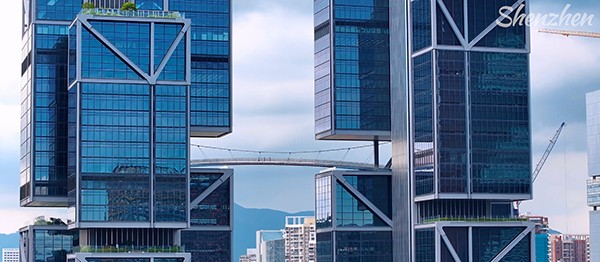
Zhu Min, who attended the 5th World Technology and Development Forum in Shenzhen in November 2023, said that China’s manufacturing industry accounts for nearly 30% of the global manufacturing industry, which is where China’s real competitive strength lies.
On August 9th, BYD welcomed the 5 millionth new energy vehicle off the production line at its global headquarters in Pingshan District, Shenzhen, becoming the first car company in the world to reach this milestone. Just after less than four months, on November 24th, the company’s 6 millionth new energy vehicle rolled off the production line.
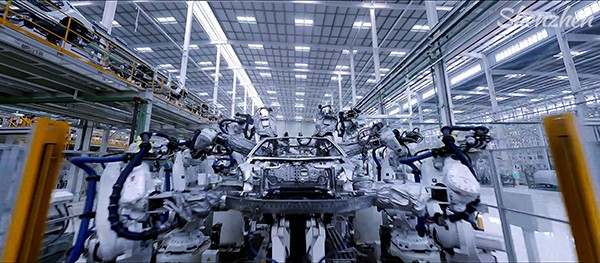
What’s behind the rapid development of the new energy vehicle industry is the fact that Shenzhen has been building a modern industrial system with international competitiveness and the city’s own characteristics.
Shenzhen is accelerating the high-quality construction of new industrialization and becoming a strong manufacturing city, with two phased goals. The first goal is to create four trillion-yuan-level and four 500-billion-yuan-level industrial clusters, along with a batch of 100-billion-yuan-level industrial clusters by 2025, essentially building a globally leading manufacturing center. The second goal is to establish a globally leading manufacturing center by 2035.
This year, Shenzhen has introduced about 25 action plans and schemes, featuring new initiatives and developments in strategic emerging industries and future industries such as new energy vehicles and intelligent connected vehicle industries, artificial intelligence industry, energy storage industry, and low-altitude economy.
Cao Zhongxiong believes that for Shenzhen to maintain its attractiveness to global capital in the future, it needs to continuously make efforts in various aspects such as the industrial system, supply of production factors, policy services, and business environment. The key is to have an ecological mindset, building the city from the perspectives of industrial ecology, technological ecology, headquarters ecology, and innovation ecology. This approach positions Shenzhen as a representative of the future, where investing in Shenzhen means investing in the future — making the “City of the Future” more prominent and its industrial ecology more appealing.
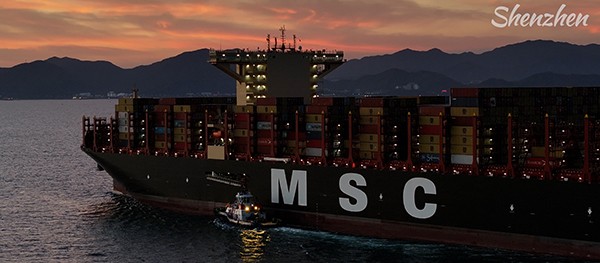

On-December-8th,-the-annual-Shenzhen-Global-Investment-Promotion-Conference-was-held-at-the-Shenzhen-World-Exhibition-and-Convention-Center_.jpg?itok=efWjFr9z)